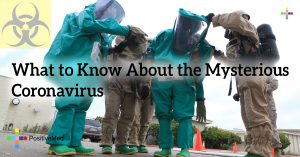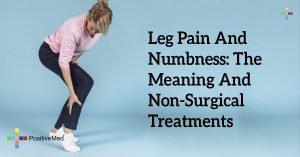The meniscus refers to a piece of cartilage found between your thighbone (femur) and shinbone (tibia). Meniscus tear of the knee ;It acts as a cushion between the two. You have two menisci in each of your knee joint.
When going about your regular activities or when rotating your knees, the menisci can become damaged due to pressure exerted by your body. Athletic activities such as football or basketball can trigger a menisci tear.
Not only athletes can experience a menisci tear. Squatting or simply waking up suddenly can result in a menisci tear. In reference to Boston Children’s Hospital, over 500,000 meniscal tears occur in the United States annually.

Causes of Meniscus Tear
A meniscus tear can occur when engaging in activities that cause direct contact or due to pressure after a twist or rotation. Deep squatting, lifting heavy objects, or a sudden pivot turn can cause injury. Most athletes are at a higher risk of a meniscus tear.
Statistics from Boston Children’s Hospital indicate that meniscus tears are becoming more common in children. This is mainly because children are involved in organized sporting activities at a younger age.
The meniscus becomes weak as we grow older. They are more common in people above the age of 30. Stepping and squatting are some movements that cause an injury if your menisci are weak.
Patients with osteoarthritis stand at a higher chance of a knee injury or a meniscus tear.
Meniscus Tear Symptoms
A popping sound around the knee joint can be a signal that you have a meniscus tear. The following symptoms may follow later:
Pain, particularly when touching the area
Your knee feels as if it locking or catching
Swelling
Difficulties when walking full range of motion
Your knee feels as if it is unable to support you
Some people also experience a popping or slipping sensation. This is a sign that a piece of the cartilage has loosened and is obstructing your knee joint.
If you experience these symptoms and last for more than a few days, it is important to contact your healthcare provider. Seek immediate medical assistance if your knee locks or if you are unable to bend your knee after standing or straightening it.
Meniscus Tear Diagnosis
A meniscus tear is diagnosed using various ways which include:
Physical Examination
Your doctor will perform a physical examination to check your knee and range of motion. A McMurray test may be performed. It involves bending your knee, straightening, and bending. It will produce a slight pop sound if you have a meniscus tear.
Imaging Tests
These include:
Knee X-Ray
Related Link: Common Knee Cartilage Problems
This test is not meant to check if you have a meniscus tear. It is usually done to rule out other causes of knee pain such as osteoarthritis.
MRI
This test uses a magnetic field to capture several images of your knee. It is capable of capturing cartilage and ligaments to ascertain if you have a meniscus tear. However, it is not considered 100% reliable.
Ultrasound
An ultrasound employs sound waves to capture images around the knee. The test can establish if you have loose cartilage that may be getting trapped in your knee.
Arthroscopy
This method is applied if the above tests fail to find out the source of pain in your knee. An arthroscope is used to perform the knee surgery. The doctor makes a small incision near your knee and inserts the arthroscope (a thin and flexible fiber-optic device fitted with light and camera).
Meniscus Tear Treatment
To start with, treat the knee injury using conservative methods which include rest, ice, and compression, elevation (RICE)
Rest your knee. Walk with crutches to ensure that no weight is on your knee.
Ice your knee for 30 minutes every three to four hours.
Compress your knee using an elastic bandage to bring down inflammation.
Elevate your knee a couple of time every day to reduce swelling.
Use of medications such as aspirin, ibuprofen and other nonsteroidal anti-inflammatory drugs (NSAIDs) can reduce swelling and pain around your knee.
Knee Surgery
Arthroscopic surgery is performed if you are not responding to the treatments explained above. Your doctor will give you instructions before performing the surgery. It is important to let your doctor know if you have conditions that could prevent surgery. They include:
A cold or fever
An infection
An open wound
How To Prevent a Meniscus Tear
Performing regular exercises that target to strengthen your leg muscles can prevent you from getting a meniscus tear. Such exercises will make your knee stable and guard it against injury.
Always ensure that you use a protective gear when engaging in a sporting activity or activities that put you at a risk of knee injury.
Make sure that you are using the proper form when performing any activity that put pressure on you knee joint. Also, consider the following tips:
Stretch and warm up before working out
Use the right exercising gear, such as athletic shoes
Ensure your footwear is properly laced up
Learn the best techniques for every exercise you are interested in.






